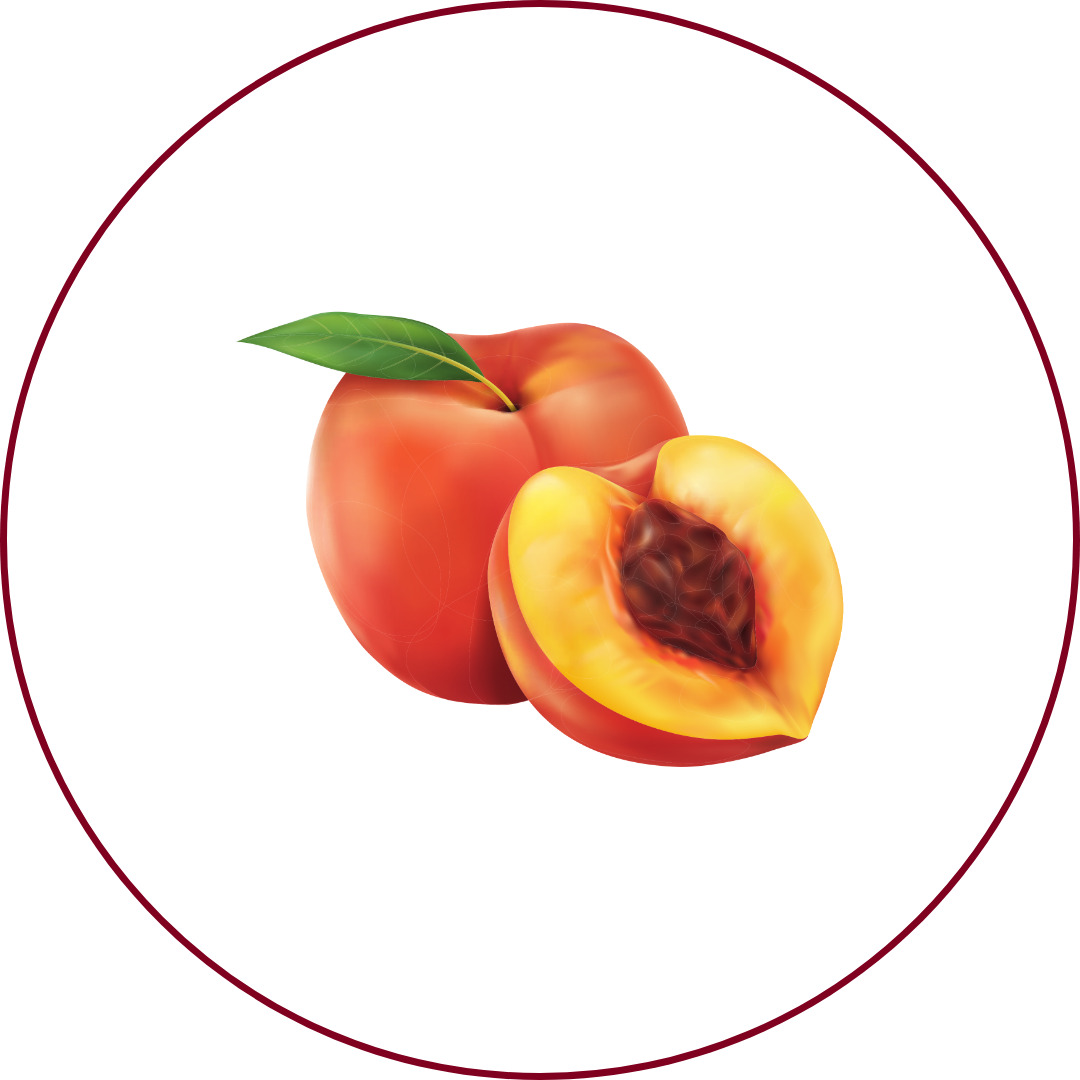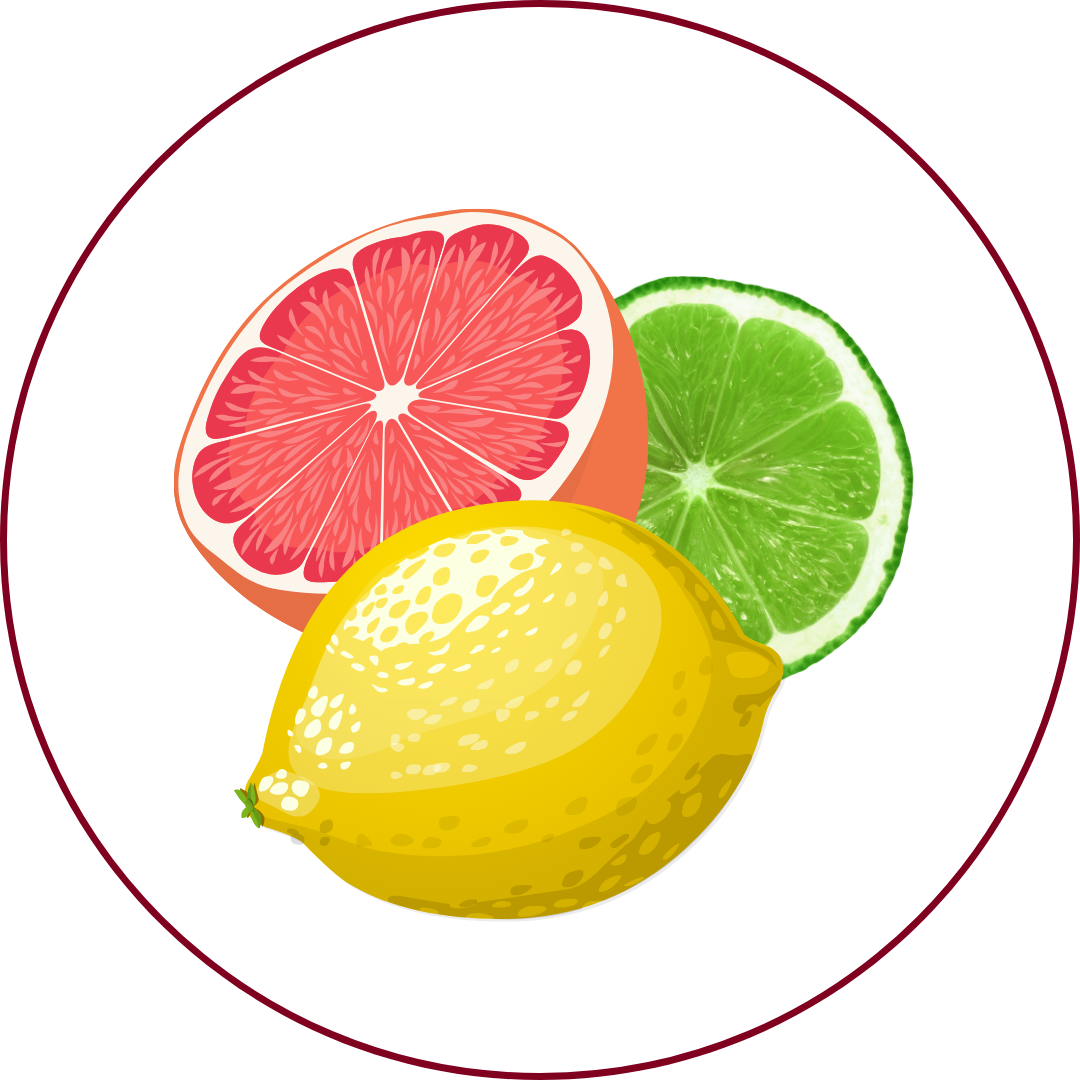Grape Variety
Ehrenfelser
"EH-ren-fel-ser"
Wine Styles
 Sparkling
Sparkling Light White
Light White Full White
Full White Aromatic
Aromatic Rosé
Rosé Light Red
Light Red Medium Red
Medium Red Full Red
Full Red Dessert
DessertAbout Ehrenfelser
Origin
Geisenheim, Rheingau, Germany
History
Ehrenfelser is a white grape variety developed in 1929 by Dr. Heinrich Birk at the Geisenheim Grape Breeding Institute in Germany. It was initially believed to be a cross between Riesling and Silvaner; however, DNA analysis has since revealed that the second parent is the Alsace variety Knipperlé. The grape was created to produce Riesling-quality wines in sites less favorable for Riesling cultivation. While plantings in Germany have declined, Ehrenfelser has found success in regions like Canada's Okanagan Valley.
Appearance
Small to medium-sized, greenish-yellow berries forming compact clusters.
Growing Traits
Ehrenfelser is an early-ripening variety with a short growing season and medium yield potential. It is less demanding than Riesling and exhibits good resistance to late spring frosts and certain fungal diseases. However, it has lower natural acidity compared to Riesling, which can affect its aging potential.
Wine Characteristics
Body
3/5
Sweetness
3/5
Tannin
0/5
Acidity
3/5
Alcohol
2/5
Medium-bodied with a balanced profile, offering a harmonious blend of fruit and floral characteristics. Typically off-dry to medium sweet, highlighting its aromatic fruit flavors. Negligible tannins, as it is a white wine variety, resulting in a smooth and approachable palate. Moderate acidity, providing freshness and enhancing its fruit-forward character. Moderate alcohol content, typically ranging between 11% and 12.5%, ensuring balance and drinkability.
Taste Profile

Apricot

Peach

Honey

Citrus

Floral
Ehrenfelser wines are noted for their aromatic intensity, featuring prominent notes of apricot and peach, complemented by honeyed undertones and citrus highlights. Floral aromas add complexity, while moderate acidity ensures a refreshing finish. The wines are best enjoyed young to fully appreciate their vibrant fruit character.
Food Pairing
Ehrenfelser's aromatic and slightly sweet profile makes it an excellent match for spicy Asian cuisine, such as Thai or Indian dishes. It also pairs well with seafood, light salads, and soft cheeses. Its versatility allows it to complement both savory and mildly sweet dishes.
Growing Regions

Germany
PfalzRheinhessen

Canada
Okanagan Valley

Australia
Coal River Valley
Notable Wines & Producers
Summerhill Pyramid Winery Ehrenfelser
Summerhill Pyramid Winery
Gray Monk Estate Winery Ehrenfelser
Gray Monk Estate Winery
Weingut Pieper Rhöndorf Drachenfels Ehrenfelser Spätlese
Weingut Pieper
Ehrenfelser FAQ
Common questions about this grape variety
What is the origin of Ehrenfelser?
+
Geisenheim, Rheingau, Germany
Is Ehrenfelser wine full bodied?
+
Ehrenfelser has a body level of 3 out of 5. Which means that Ehrenfelser is Moderate bodied.
Is Ehrenfelser wine dry or sweet?
+
Ehrenfelser has a dryness level of 3 out of 5. Which means that Ehrenfelser is Semi-Sweet.
Where is Ehrenfelser wine from?
+
Geisenheim, Rheingau, Germany
Where is Ehrenfelser grown?
+
Ehrenfelser is grown in Germany (Pfalz, Rheinhessen)Canada (Okanagan Valley)Australia (Coal River Valley).
What is Ehrenfelser like?
+
Ehrenfelser wines are noted for their aromatic intensity, featuring prominent notes of apricot and peach, complemented by honeyed undertones and citrus highlights. Floral aromas add complexity, while moderate acidity ensures a refreshing finish. The wines are best enjoyed young to fully appreciate their vibrant fruit character.
What does Ehrenfelser pair with?
+
Ehrenfelser's aromatic and slightly sweet profile makes it an excellent match for spicy Asian cuisine, such as Thai or Indian dishes. It also pairs well with seafood, light salads, and soft cheeses. Its versatility allows it to complement both savory and mildly sweet dishes.
What does Ehrenfelser taste like?
+
Ehrenfelser wines are noted for their aromatic intensity, featuring prominent notes of apricot and peach, complemented by honeyed undertones and citrus highlights. Floral aromas add complexity, while moderate acidity ensures a refreshing finish. The wines are best enjoyed young to fully appreciate their vibrant fruit character.
Take Ehrenfelser Knowledge with You
Access detailed grape profiles, tasting notes, and pairing suggestions on your iPhone.
Download on theApp Store